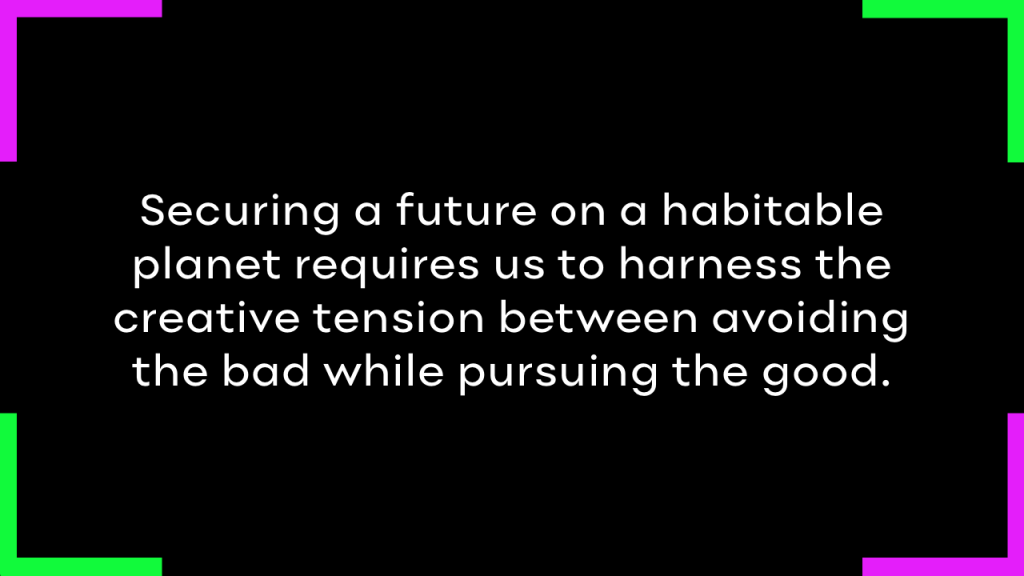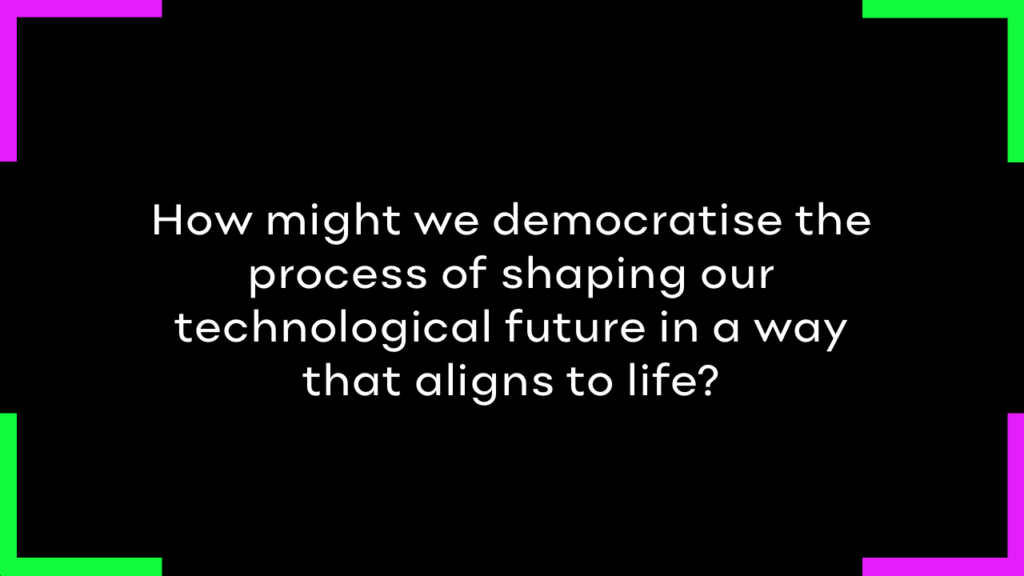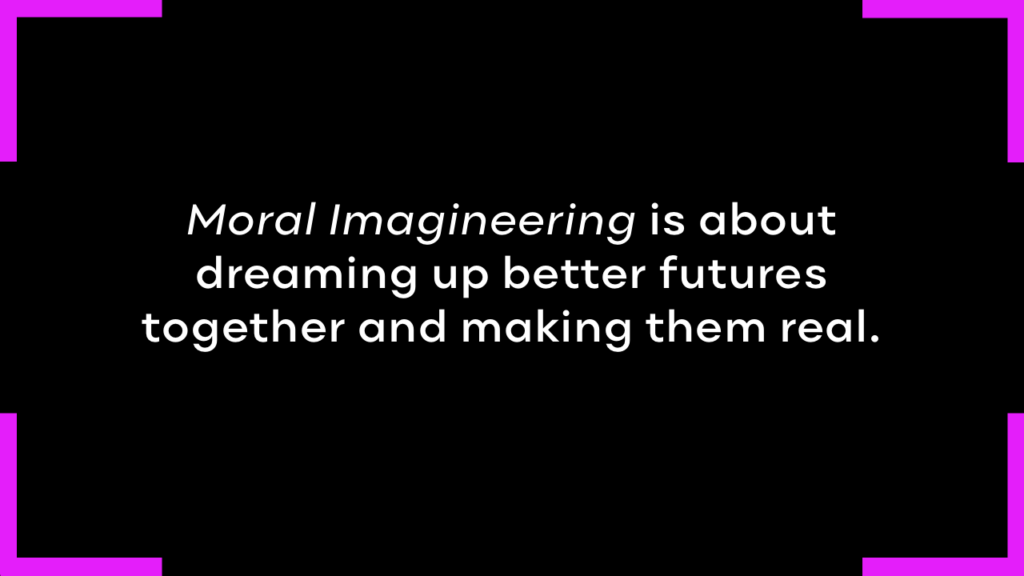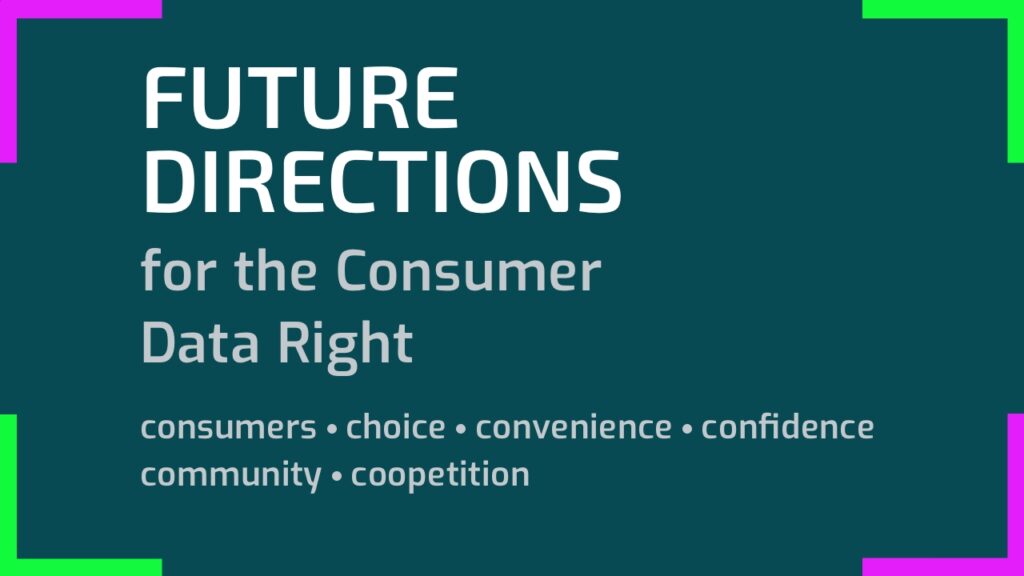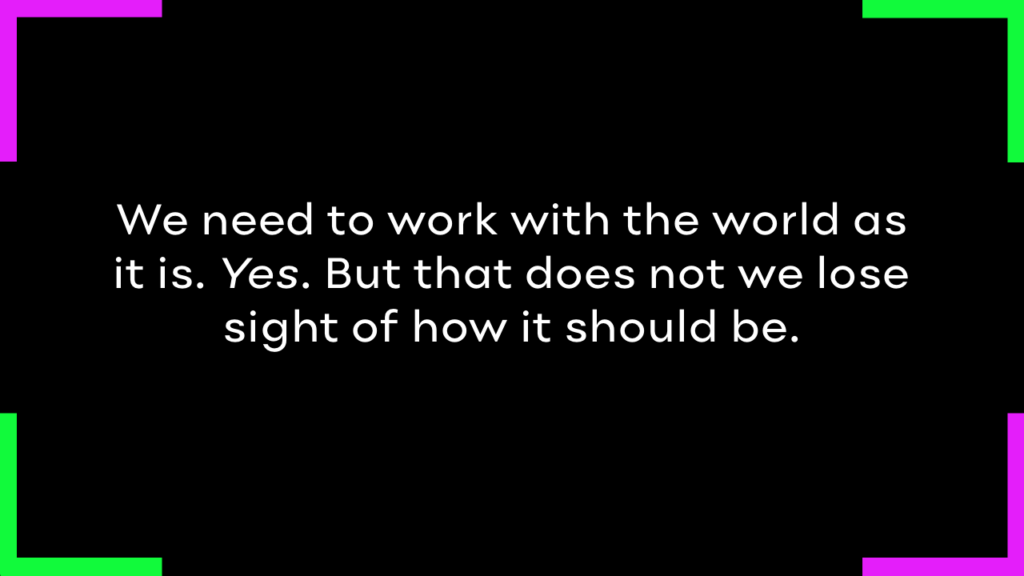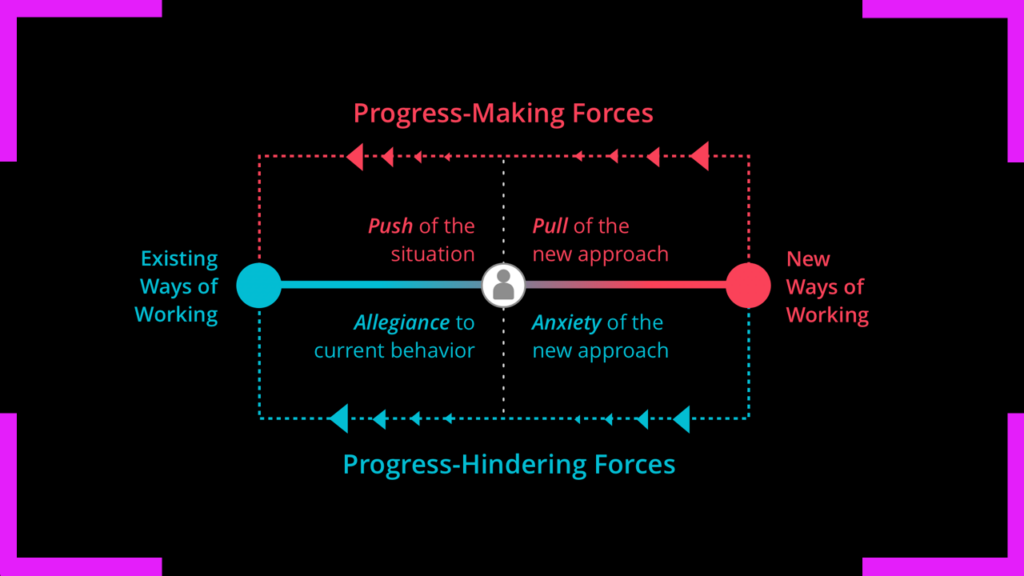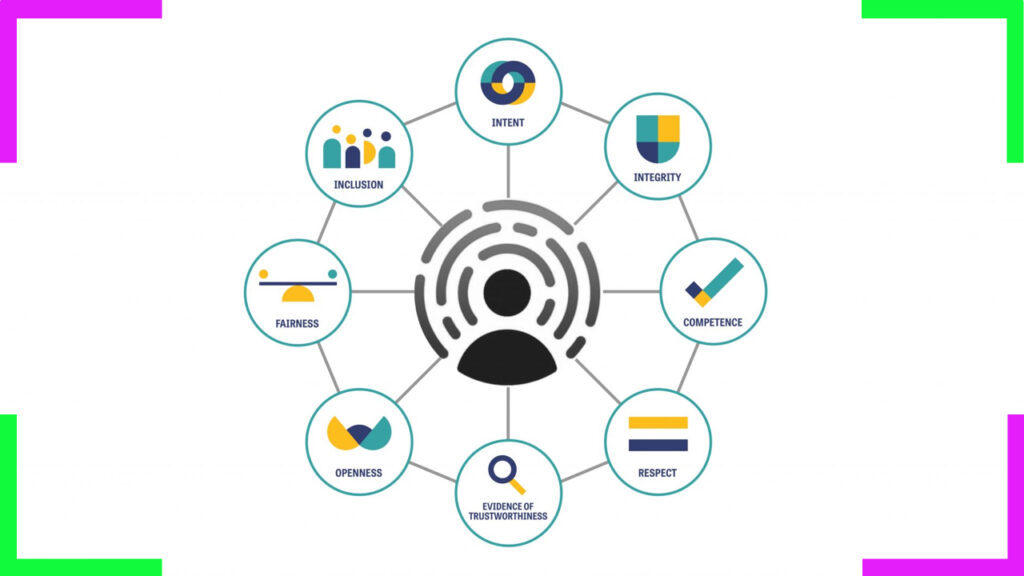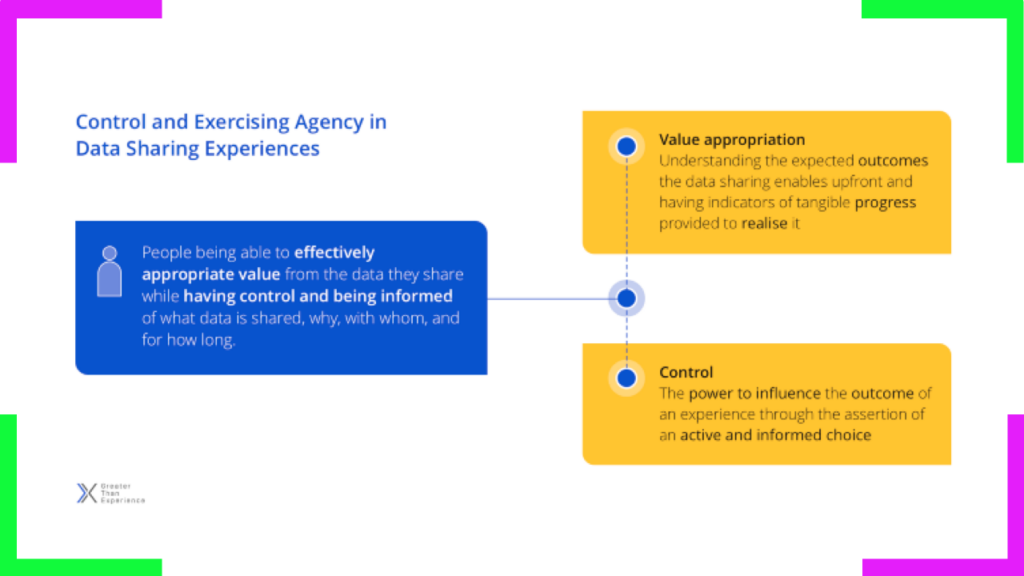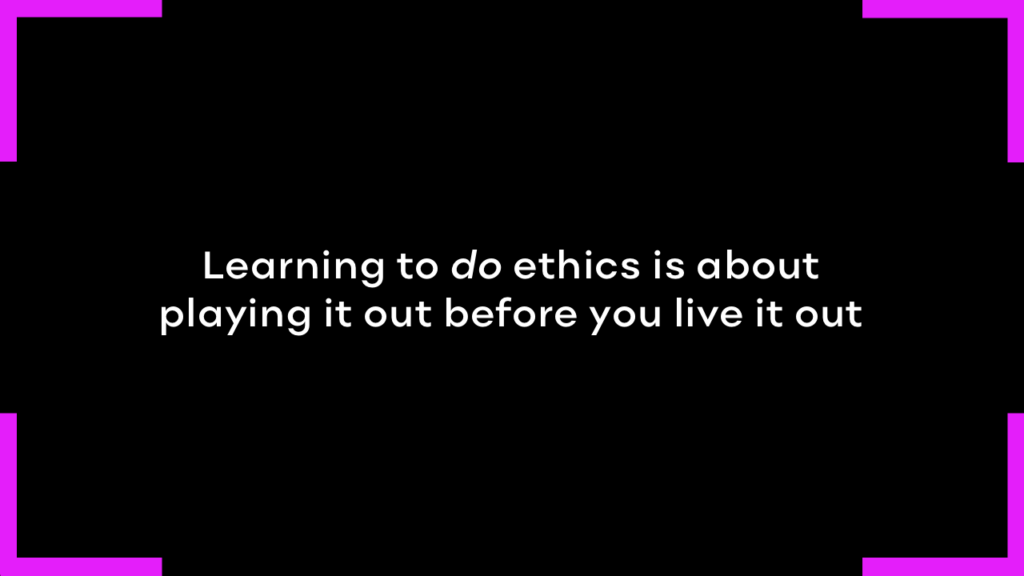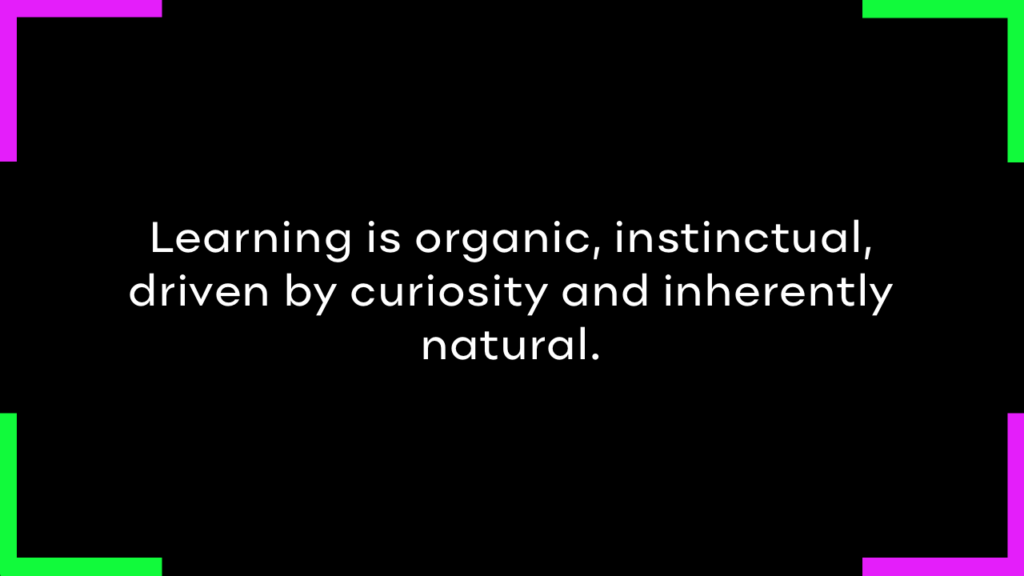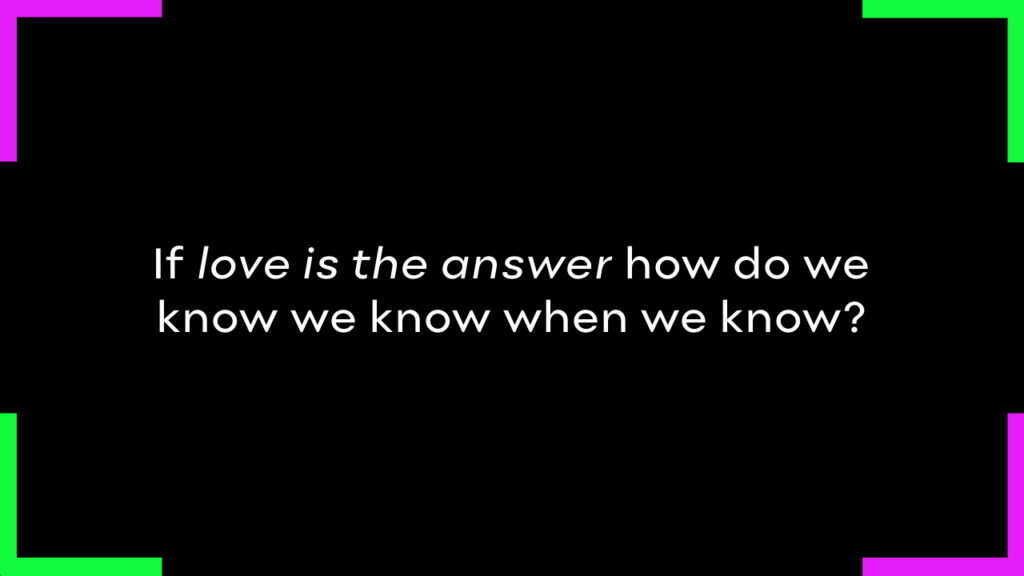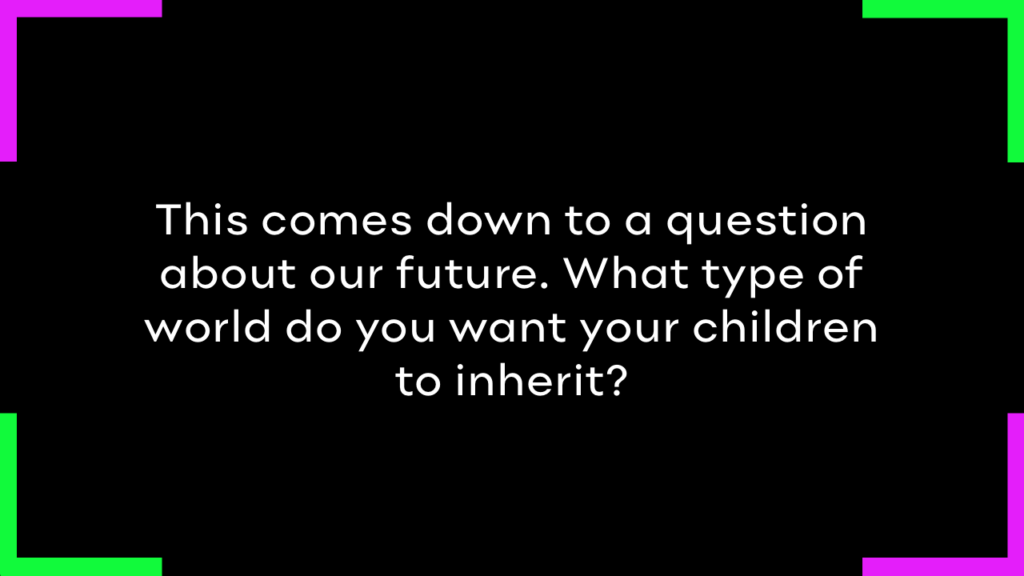The expansion of open banking, open finance and beyond is continuing. There’s both regulatory and market driven initiatives taking shape globally. In Australia the cross sector, economy wide initiative called the Consumer Data Right (CDR) is the most all encompassing.
Initiatives like CDR have rules and regulations to govern participants. There’s evolving guidelines and standards to enable data portability and interoperability. Many complex changes to information sharing markets and how organisations design data-enabled propositions. At the core these initiatives are about organisational and consumer behaviour change. Moving to more trustworthy collection and use of personal data and more active and informed data sharing by consumers.
The initial promise of Australia’s CDR was to give consumers more meaningful control over their data. To give them more choice and to catalyse competition and innovation in various market sectors.
Before we dive into Open Data Innovation Environments here, let’s define what meaningful control and choice is. In essence, we are talking about ‘agency’.
Agency is our capacity for action. Having it means we can act independently and make free choices in our current context. It encompasses what we can control and what we have influence over.
In a CDR context, agency is an individual’s ability to influence and shape choices on what companies they share data with and under what terms. Empowering them to influence the outcomes of the experiences they have as consumers.
Meaningful agency means consumers can appropriate the value from the data they share while having the ability to control what data is shared, why, with whom and for how long.
There are two facets to this: value appropriation and ability to control.

Let’s start with value appropriation.
This is about understanding the expected outcomes the data sharing enables upfront. With indicators of tangible progress provided to help people realise they are getting the value promised.
Ability to control is to be confident in your competence to exert power and influence the outcome of an experience through the assertion of active and informed choices.
Ok, with that out of the way let’s get stuck into what this blog series is all about. Open Data Innovation Environments.
Over the past years we’ve seen many technical sandboxes to help developers to get up and running with APIs and data standards. We’ve seen regulatory sandboxes explored in various jurisdictions across the world. Along with the evolution of living labs to co-create with citizens. But in this series we’ll explore the concept of a holistic Open Data Innovation Environment. A blended discovery environment bringing together CX, regulatory and technical elements to support shared learning across the public and private sector. This would provide a clear way for consumers to participate in the process of designing for the outcomes that matter to them. It would bring regulatory flexibility and emergent clarity on rules and regulations. It would have the technical components to represent elements of a CDR ecosystem in both mock and real production situations. It would be transdisciplinary. Involving diverse stakeholders across academia, government, industry and civil society. Helping all stakeholders to learn together, innovate and support each other in future proofing CDR success.
This 3 part series will cover:
- Why we need this type of holistic approach to collective learning for CDR and what is the current state with sandboxes.
- A brief exploration of what a holistic open data innovation environment or CDR CoLab might look like, a theory of change and what outcomes it can enable for CDR ecosystem participants.
- We’ll then outline how we might establish these types of learning environments for open data innovation in CDR, and ideally around the world.
To explore this we need to set the scene and outline why we need this new approach in the first place. Exploring what forces have been influencing consumer behaviour with data sharing. What’s shaped organisational practices and how shared learning and innovation takes place currently. We need to look at why the conditions for systems change need to be created and cover why these conditions are currently absent.
Catalysing Change in Data Sharing Ecosystems
Large scale data sharing ecosystems are hard to design and impossible to centrally govern. There are technical systems, and old infrastructure to transform. Organisational practices and policies to create and change. Behaviours that people have learned. Cognitive biases to factor in. Business models and company incentive structures. The motivations that executives and senior leadership have. Through to those down in the weeds working in cross functional teams on product and platform implementations. There are existing data privacy, consumer protection and competition laws. With a plethora of other interconnected rules and regulations to account for. Standards both established and new. A set of variables that are impossible to create rules for up front. Without unintended consequences to the detriment of the CDR ecosystem being successful.
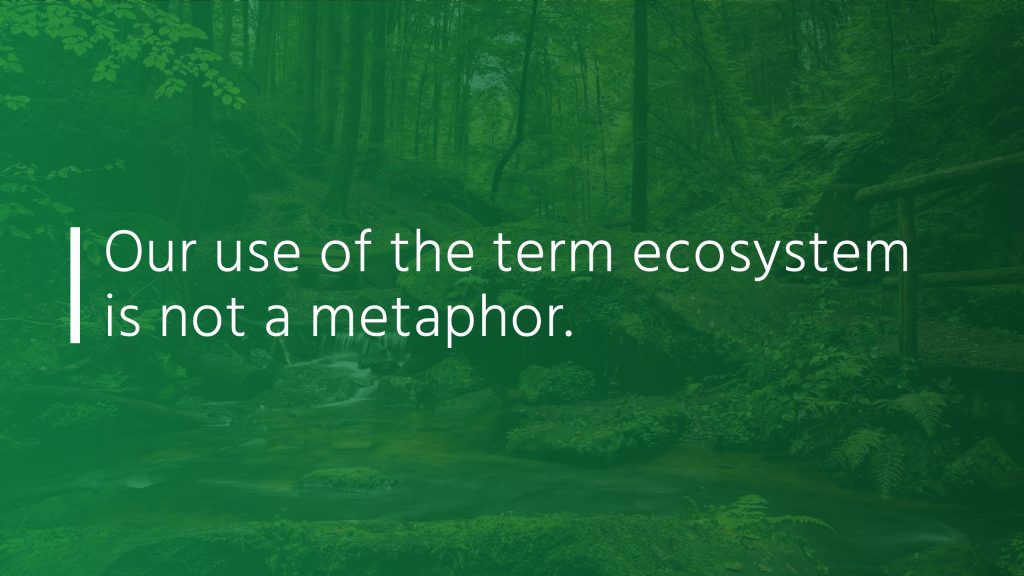
With CDR we are asking consumers to actively share data with companies as an informed choice. Learned behaviour in our digital experiences has been to not engage with the terms of a data sharing agreement. Something amplified because of the cognitive biases we all have. So consent as a legal construct is a high bar for data sharing. Consent under the consumer data rules (CDR Rules), seeks to ensure that a consumer’s consent is voluntary, express, informed, specific as to purpose, time limited and easily withdrawn. It should also not be a precondition of service. It’s questionable how valid the current model is in achieving this. Be that with initial consent or with the many consents to be managed for consumers. Additionally, it is highly likely that its current manifestation will lead to ‘consent fatigue’. Particularly as CDR expands across sectors and includes action initiation.
We see the absolute mess of things like cookie consent. Way less complex than what is trying to be achieved with CDR. The crux is that for consent to be valid consumers must be making an informed choice. This brings a whole bunch of unfamiliar friction to the experience. One that is in the way of consumers getting to the outcomes they seek even when they want to be informed about the relationship they are entering into. Many screens to get through compared to sharing the credentials to their bank accounts as has been the case for a while.
After years of learned behaviour this is a big ask.
We are also asking companies to proactively consider the ethical dimensions of data collection and use. Factor this into product development, data management and governance. To create new business models, processes and invest in new technology infrastructure. We are asking governments to collaborate with industry and civil society. For them to be coordinating this collaboration to put in place the right guardrails. And balance this with the need to be catalysing industry innovation and enhancing competition in the economy. This is a new way.
Moving Towards The New
Today people passively share their data. They are not informed of exactly what is shared, why, how, to whom and where it goes and flows. They click the button, check the box and move on. Companies track us via pixels, cookies and various techniques and our data gets shared and reshared. Profiles getting shaped unbeknownst to us. We browse and consume media. We shop, buy, pay bills and sign up for services to help us in meeting some perceived need or felt desire. Amidst all this we are not only sharing data, we are creating it.
We provide our credentials to companies to access our financial data using screen scraping. We use social logins for convenience. We authenticate to new services and never comprehend all the ways in which data is shared. Nor the consequences when we grant access and permissions to a new app or service.
As it stands now, consumers have minimal agency and any semblance of meaningful choice is limited. They have been disempowered, leading to apathy and even indifference when it comes to data sharing.
This represents inertia and anxiety in getting to this new way we’re seeking to realise.
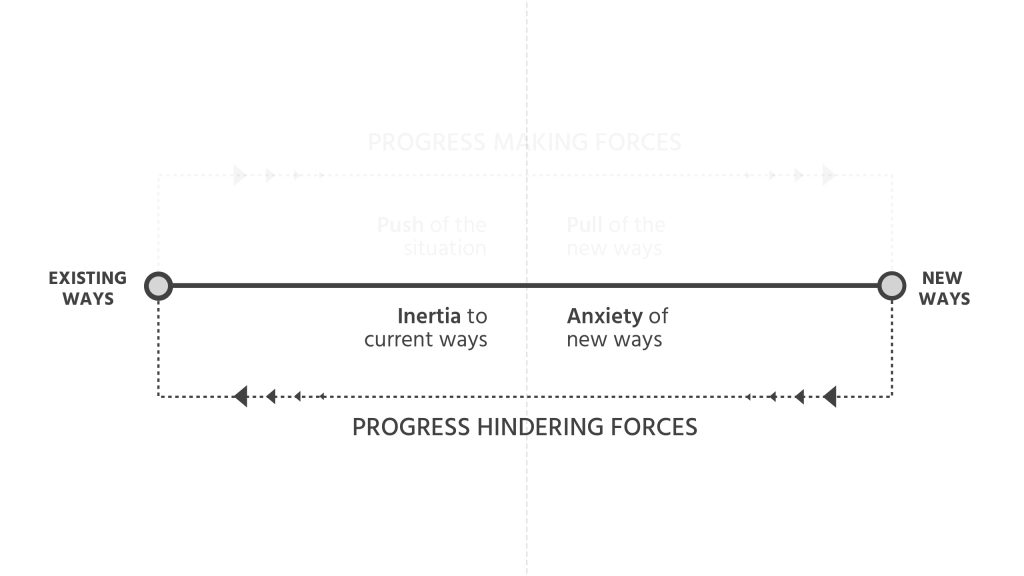
Some organisations are happy with this current state of play and see no real need or have the economic incentives to change. The trends we’ve seen with value in the data supply chain is that the value disproportionately goes to companies. And ultimately their shareholders.
These trends and practices have gone on unabated for a while.
Much goes on with little regard for things like privacy or understanding the ethical dimensions of data collection and use. Partly driven by “collect as much as you can get” behaviour in tension with principles of data minimisation. Or the prevailing “we own the customer” mindset that has contributed to data moats, monopolies and an imbalance in market power. It’s even threatening democratic institutions and impacting trust as the fabric that binds our society.
Policy and regulations are a critical piece of this puzzle.
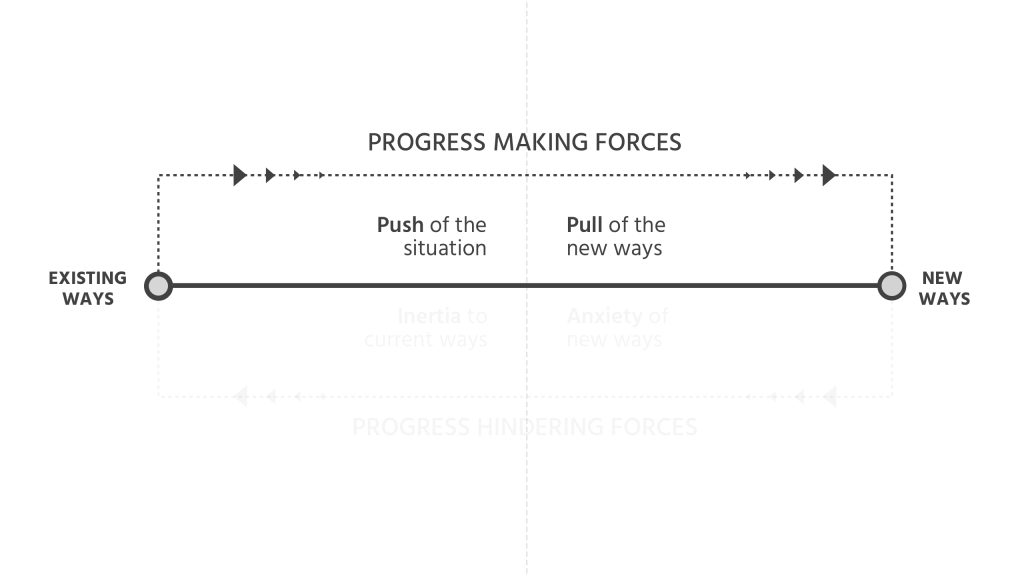
They provide push in the market for companies to do things differently and transition to new behaviour. They can also provide for the right guardrails to ensure consumer protection. Innovative policy provides a pull force, helping organisation’s to understand the opportunities the new way represents. As is the intent with CDR.
With this intent, policy makers and regulators are seeking to address these complex market problems. They are trying to pre-empt what is needed. Pulling on the regulatory lever of systems change in the hope it works. When initial change is catalysed it’s generally seen as a tick box exercise and little more than compliance. This is understandable as there are obligations to comply and consequences for not doing so. But this tends to be at the expense of real innovation. This practical implementation and testing of ideas that leads to the creation of net new value.
To go further, the innovation we need here is not just about new propositions in something like banking and financial services. It’s across the dimensions of social and economic policy. In the regulations, technologies, business models and propositions across many sectors. This is the open innovation to aim for. And it requires bringing together people and organisations from diverse domains and disciplines.
The problem set here is not entirely undefined. But the skills, knowledge and learning context to solve them are.
Let’s outline a subset of some of these interconnected problems:
- Consumers don’t have agency over their data and the way it is shared
- Consumers have been disempowered and many are apathetic or indifferent
- Companies have seen themselves as “owning” the customer and the data
- Companies do not proactively consider the ethical dimensions of data collection and use
- Companies get motivated by the stick of compliance are reactive rather than proactive
- Policy makers are often hamstrung by bureaucratic process and political whims
- Regulators are ill equipped to pre-empt rules required for systemic change
- There’s information asymmetry as knowledge on how to solve some of these problems gets siloed
And many more nuanced problems at various scales.
Finding solutions to all of this is not easy. With such large scale data sharing ecosystems like CDR we are in uncharted territory and we don’t want to see a shipwreck. This would be disastrous for many startup founders and businesses operating in this space. For them the risk of failure is existential.
It’s clear to everyone involved that the foundations we lay in the coming years impact the future of our digital economy and society. Decisions that have impact for decades to come.
Future proofing CDR success involves tackling wicked problems we must work together to solve.
Wickedness in CDR
Seen together these are what are termed as wicked problems. The wickedness being the function of things like the interrelatedness, complexity, conflicting viewpoints, values and the many competing interests that are present. These types of problems are generally elusive to one specific definition. They are hard to see on the whole. But they exhibit some consistency in the characteristics. This enables us to define and begin tackling them.
Some general characteristics of wickedness are:
- Not one isolated problem, it’s a web of social, technical, cultural, economic and political factors all influencing each other.
- There’s no one “right” solution to it all and each solution has uncertain outcomes and unintended consequences as it impacts the whole.
- There’s no clear precedents that all key stakeholders are aware of with each problem unique in its own right and seen differently by different people.
- Problem finders and solvers struggle getting direct participation of those affected by solutions – limiting the potential for codesign.
- Ignoring and not addressing the larger problems is viable, contributing to resistance to change, while time is running out.
- There’s a vacuum and diffusion of responsibility with every stakeholder partly responsible but no individual or institution owning it.
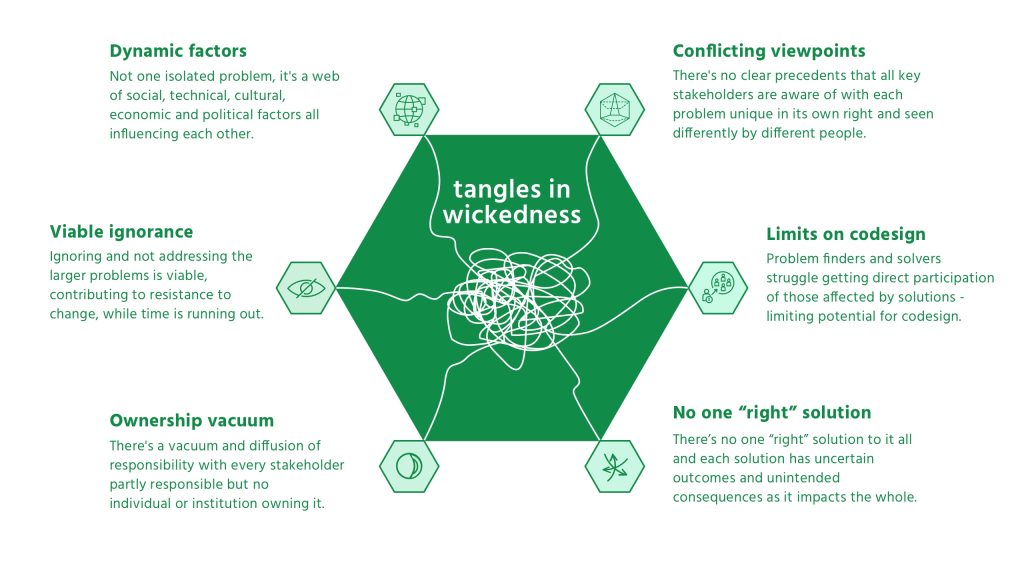
As for the skills, knowledge and learning context to solve them. Well we do have some reference points. Massively open multi-stakeholder collaboration games. Innovation hubs, and regulatory and technical sandboxes. Transdisciplinary research and development institutes. Open innovation challenges, living labs and large transnational forums and the like. These all provide a sense for what could be. But the current environment and methods for public and private sector collaboration cannot solve the wicked problem we face with CDR. To bring behavioural shifts to the new ways and a healthier system state.
It’s known that the largest determinant on behaviour is that of the environment in which the behaviour occurs. This points to the benefit in shaping and creating an environment for change to happen. Moving beyond conventional approaches of consultation, deliberation and decision-making to approaches that involve the changing of environment cues. Ones that are physical, digital, social, cultural and economic. Creating a ‘living framework’ to future proof the evolution of CDR.
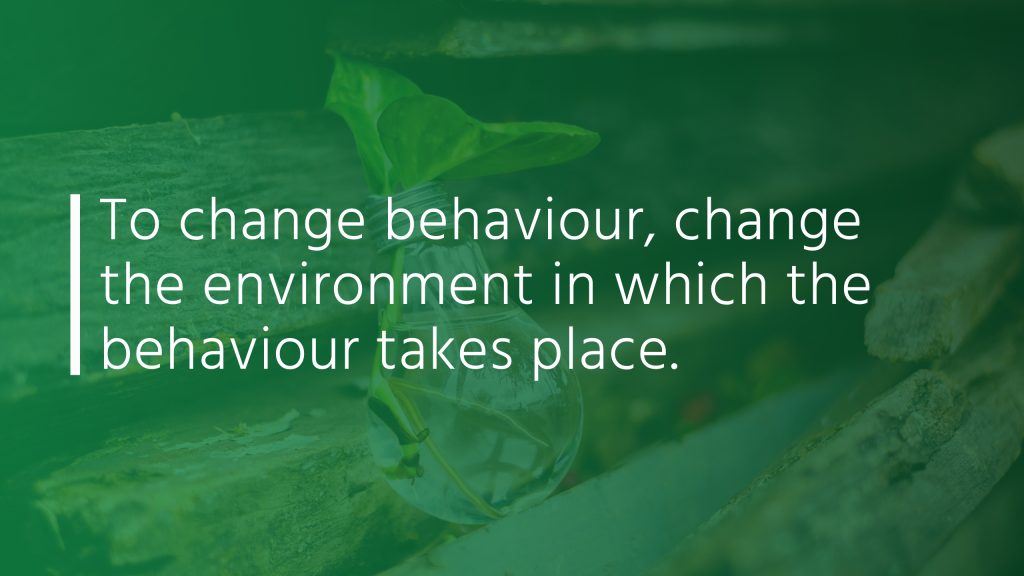
The current state of things like sandboxes and the methods of industry consultation and community engagement don’t really cut it. Many stakeholders know it, others sense it, some choose to ignore it yet it is everyone’s responsibility. A vacuum indeed.
Current State of Sandboxes
Of all the current approaches to sandboxes most are focused on the technical implementations. Some have framing around propositions and use case discovery. Companies provide them to integrate with their platforms as more of an entry point as part of their client acquisition pipeline. In Australia the ACCC as one of the governing bodies of CDR launched a sandbox in July. A free to use tool to test solutions in a “production-like” environment against mock hosted versions of other ecosystems participants. Having something like this was suggested by numerous stakeholders early on as CDR was getting started. Maybe a little late in the game as now the Government is building tech that competes with industry.
With industry sandboxes they generally offer a suite of APIs, tools for conformance testing, SDKs and mock data and CDR entities to play with. Examples of industry sandboxes would be Adatree’s CDR Sandbox. Another of the leaders in CDR, Biza.io, has its testing sandbox and dataright.io as another. Then there are many others that have variations of the above like SISS Data Services. But they operate similarly.
Then there are regulatory sandboxes for fintechs.
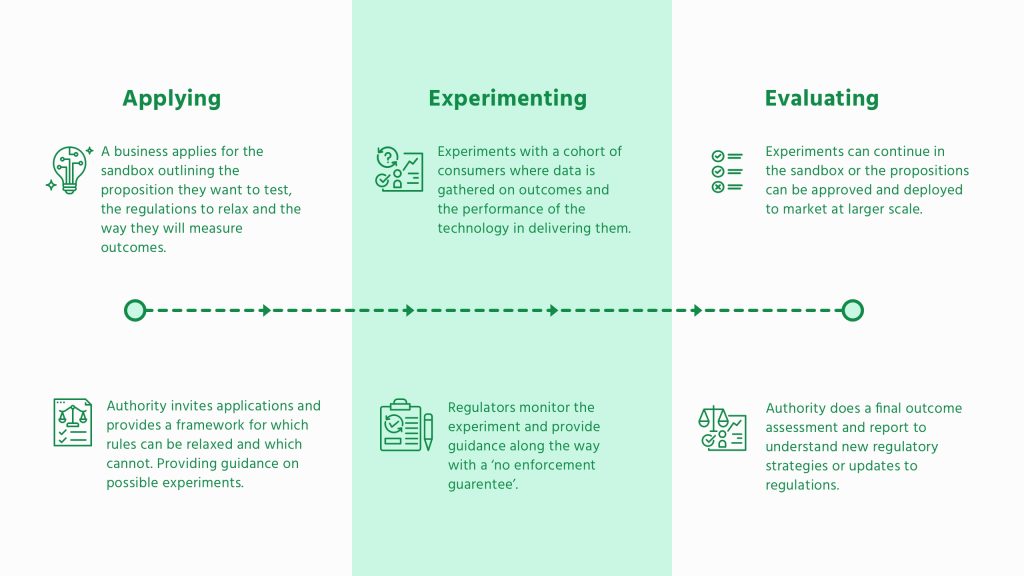
These safe spaces for financial technology companies to experiment with new propositions without having to comply with all the usual regulations. Designed for startups to test their ideas without having to go through the costly process of getting regulatory approval.
The UK has a regulatory sandbox as part of the strategy to support fintech innovation. Open to companies of all sizes, from startups to established financial institutions.
In order to participate in the sandbox, companies must submit an application to the Financial Conduct Authority (FCA). The FCA then assesses whether the company’s proposal meets the criteria for participation. If accepted, a ‘sandbox licence’ is issued allowing them to operate in the sandbox for a limited period of time. Designed to help companies bring new propositions to market, while protecting consumers and ensuring financial market stability.
In Australia ASICs regulatory sandbox for fintech has a similar set up. Enabling the testing of products and services without first getting issued with an Australian financial services (AFS) licence or Australian credit licence (credit licence).
But these are not really present for CDR as a cross sector initiative.
The closest comparison to what would be a holistic environment is the Smart Data Foundry in the UK. This platform helps organisations to quickly and easily develop and deploy data-enabled applications. Providing a data management solution that includes data ingestion, transformation, warehousing, and security. Along with a set of tools for data discovery, visualisation, and analytics. Encompassed within an innovation environment that brings together software developers, data scientists, product managers, academics, policymakers and regulators to collaborate and learn.
We need something similar in Australia and New Zealand.
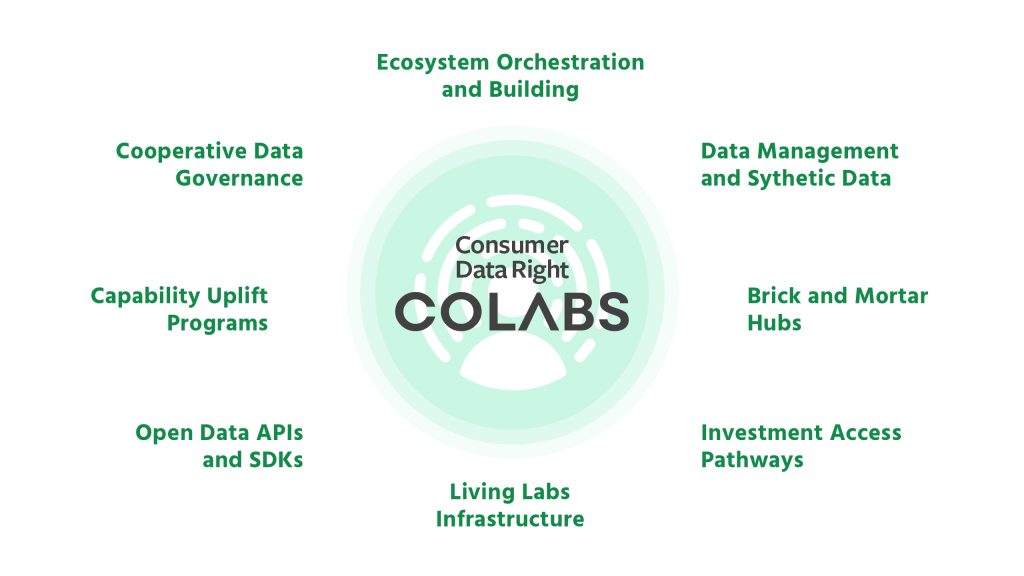
Wrapping Up Part 1
What is currently in place does not effectively enable shared learning across the ecosystem. The shared learning journey needed to help shape the regulations, standards and guidelines. What we have now does not help in giving consumers meaningful control over their data. It does not help them to shape the choices they have in who to establish relationships with. Nor catalyse meaningful innovation and competition in the marketplace. The current state is not really doing what we need. To design, build, test and learn how to shape CDR to be successful together.
In Australia and New Zealand the intent to go beyond open banking and finance with CDR is here. But to act on this intent we need to ensure outcome driven innovation is not hindered by complex rules and regulations. We need to embrace the shared challenge and create the optimal conditions for learning across the public and private sector.
Given the CDR ambition in New Zealand and the path that has been carved out in Australia the opportunity for Trans-tasman learning right now is significant. With the world looking to our region for leadership we have to tackle the wicked challenge together.



